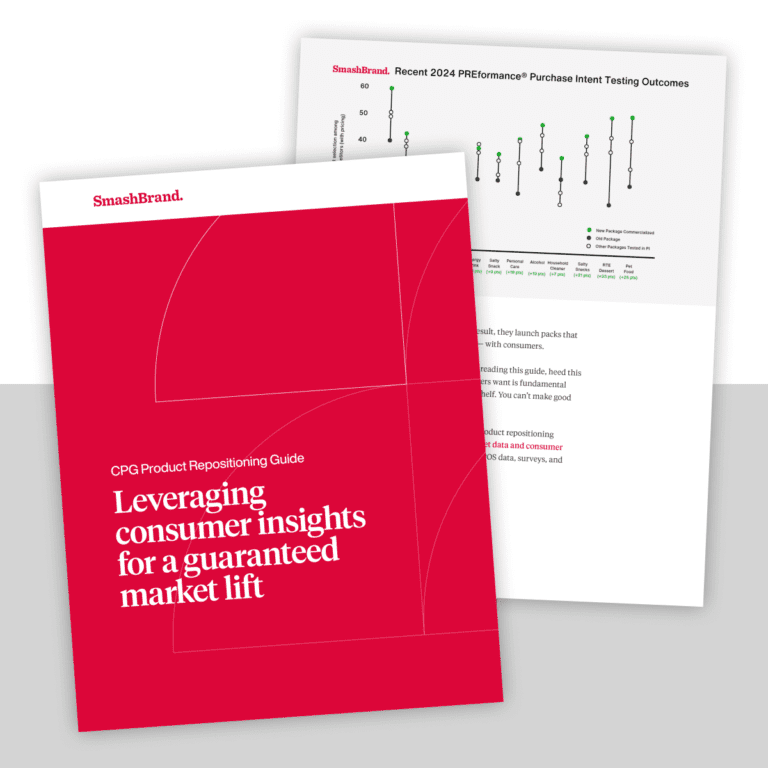Whether it’s due to our inherent narcissism or panic that our possessions will inevitably be stolen, everyone is comforted by personalized or monogrammed products. It’s a wonder that more organizations haven’t explored the possibility of incorporating personalization features since they’re great tools for individuating your brand from the rest of the competition. Having packaging personalization options could go a long way towards changing your brand image from a dispassionate corporate automaton to a motherly figure, eager to put your initials on all of your underwear in case they get lost during summer camp.
While personalization is a pretty elaborate undertaking for most packaging design companies, it could be an interesting seasonal or specialty option that might open up a world of possibilities in new markets. If you’re considering adopting packaging personalization but aren’t sure what the potential benefits could be, here are a few benefits you might want to explore.
1. Personalization sends the message that your brand really cares.
Not many companies bother with personalization features, which is why offering this service is so darned special. Brands that offer package customization seem more in tuned with what their customers really want, and are therefore more accessible than competitors who are only interested in issuing identical product after identical product. It’s the difference between your mother’s kitchen and the soul-deadening assembly line from “Laverne and Shirley.”
2. Your brand creates a niche amongst competitors.
As we’ve previously said, very few product manufacturers and distributors bother with personalized packaging options. When you offer the option of a customized design or name on your packaging, you give your customers a feature they can’t get anywhere else. It also opens up opportunities for seasonal promotions and gift ideas. Hey — it’s unlikely that a person would buy a bottle of shower gel as a gift, but if that bottle had the recipient’s name on it, it could be an elegant addition to a lovely gift basket. Or, at least an excellent option for people who suffer from a pathological fear that others might use their hygiene products. Either way, who else would such customers turn to?
3. Encourages multiple use of packages — Eco-friendliness galore!
If you had a reasonably durable package – a bottle, gift bag or tin container – that had your name embossed prominently upon it, wouldn’t you use and reuse it? Personalized packaging isn’t something that is instantly discarded; it is something that can be lovingly repurposed, or displayed with pride upon dressers, shelving and office desks. People are surprisingly sentimental about their own names.
4. Creates an emotional bond between the customer and the product.
It’s a bizarre quirk, but people are more likely to buy a product with their own (or a loved one’s) name displayed conspicuously on the package — even if they know nothing about the brand or quality of the item. If you have a unique name and happened to see an impulse item in the grocery store, you might be tempted to buy it, just because the event was so unusual. Coca Cola has capitalized on this very human quirk, and issued bottles that feature the top 250 most popular names amongst teenagers. We’re thinking that “Bella” and “Edward” might be intensely popular in the “tween” demographic, and in 15 years time, “Renesmee” may actually be a viable production option, as horrifying as that sounds.
5. Adds the impression of value to the product.
Personalized products are perceived as having greater value than non-personalized products. This is due to the fact that the package has become an even greater part of the product’s marketability, as well as the possibility that the package could become a product in and of itself — all from simply seeing our names printed on something. We’re not sure if something so simple is charming or deeply troubling.
Personalizing your package design is a big step in terms of production, but it could be a great way to give your products and your brand a leg up in a highly competitive market. If you are sincerely interested in changing your brand image, then customization automatically puts your brand on the level with the customer, making your identity friendlier and more accessible. Of course, we’re assuming that your goal is accessibility; if you want to make your brand colder and more remote, we suggest taking Abercrombie and Fitch lessons.
Subscribe to
Nice Package.
SmashBrand’s Nice Package: Stay current with our latest insights
Free Resource.

CPG product repositioning guide.
Explore the five undeniable signs your CPG product needs repositioning along with strategies for leveraging consumer insights for a guaranteed market lift.
Download Whitepaper About CPG product repositioning guide.